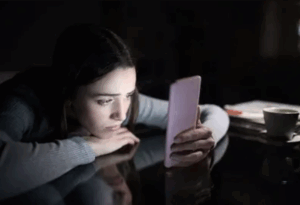
In an age where we can connect with anyone, anywhere, at any time, you would think loneliness would be rare. Yet studies are showing the opposite, our generation is reporting higher rates of loneliness than ever before. With group chats, social media, and FaceTime at our fingertips, it’s worth asking: if we’re always “connected,” why do so many of us still feel so isolated?
The truth is that digital connection fails to equal emotional connection. Scrolling through social media can give the illusion of community while deepening feelings of disconnection. Seeing constant updates of people hanging out, traveling, or achieving milestones can make us feel left out, even when we know those posts only show the highlights. During the pandemic, many of us learned that virtual interactions couldn’t replace the comfort of being physically present with others. That lack of real-world connection seems to have lingered even as life returned to “normal.”
Loneliness isn’t just an emotional feeling; it has real impacts on physical and mental health. Research has linked chronic loneliness to higher stress levels, poor sleep, and even weakened immunity. Ironically, the fear of loneliness can make people spend more time online seeking connection, which often leaves them feeling emptier.
Still, there’s hope in awareness. Making small efforts like reaching out to a friend, joining a campus club, or simply talking face-to-face can make a difference. True connection comes from vulnerability and shared experiences, not just likes and messages. Maybe the solution to loneliness isn’t finding more people to talk to but learning how to actually connect with the ones we already have.






